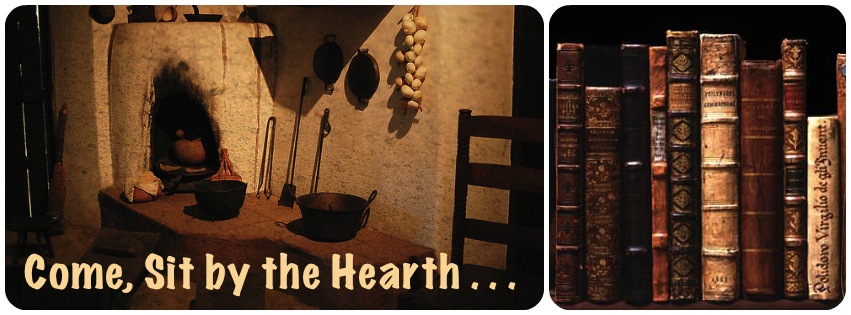This is a pet peeve of mine:
Talking about an evil does not constitute an endorsement of it.
Here are a few cases in point, from Banned Books That Have Shaped America. While painting skillful portraits of the evils of slavery and racism, these books have been accused of promoting the very wrongs they seek to demonize. Their scathing social commentary is effectively subsumed beneath false, or misplaced, outrage, and the debate becomes about, not substance, but style. The actual message of the book is lost, along with meaningful dialog.
The Adventures of Huckleberry Finn, Mark Twain, 1884
The first ban of Mark Twain’s American
classic in Concord, MA in 1885 called it “trash and suitable only for
the slums.” Objections to the book have evolved, but only marginally.
Twain’s book is one of the most-challenged of all time and is frequently
challenged even today because of its frequent use of the word “nigger.”
Otherwise it is alleged the book is “racially insensitive,”
“oppressive,” and “perpetuates racism.”
To Kill a Mockingbird, Harper Lee, 1960
Harper Lee’s great American tome stands as
proof positive that the censorious impulse is alive and well in our
country, even today. For some educators, the Pulitzer-prize winning book
is one of the greatest texts teens can study in an American literature
class. Others have called it a degrading, profane and racist work that
“promotes white supremacy.”
Uncle Tom's Cabin, Harriet Beecher Stowe, 1852
{ALA's Frequently Challenged Books}



No comments:
Post a Comment